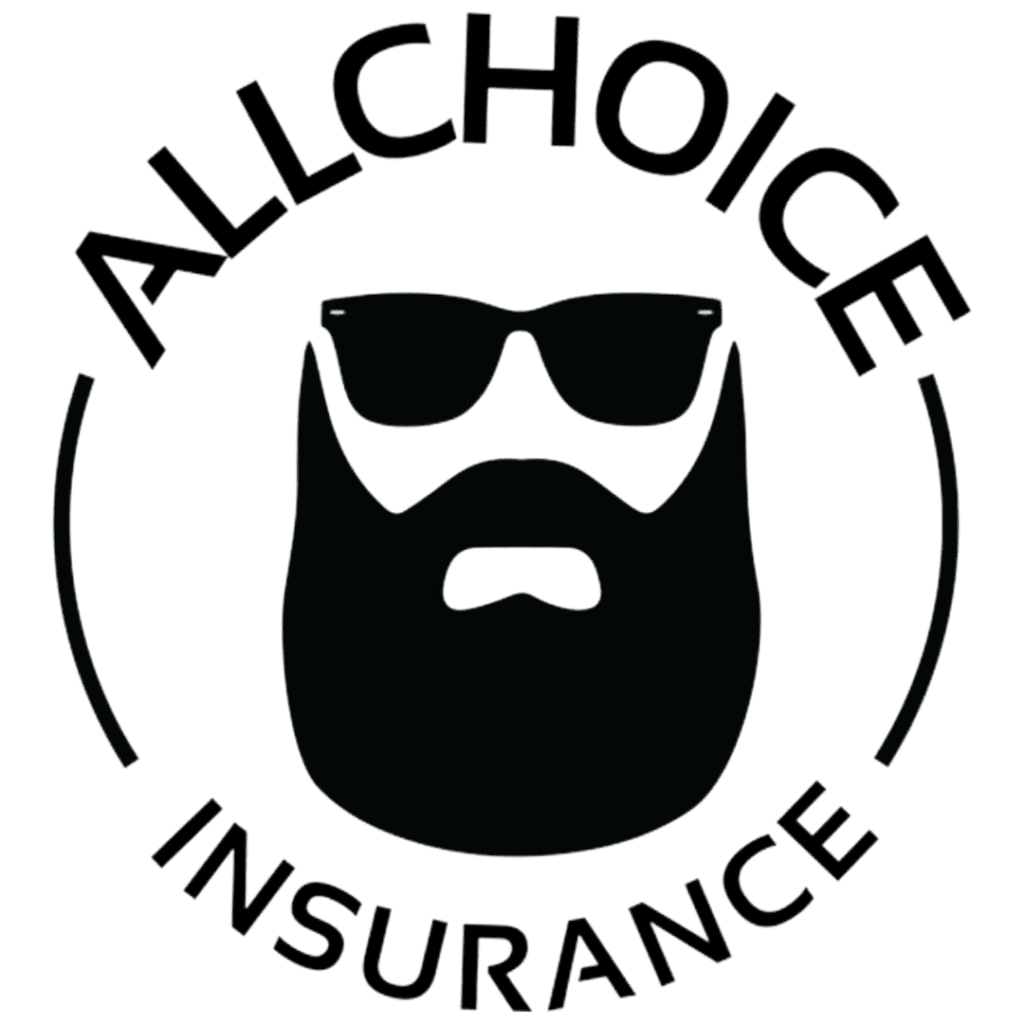How Much Is Coastal Insurance for Homeowners?

Coastal home insurance typically includes coverage for the following:
Nevertheless, even with its extensive protection, homeowners often require additional policies for comprehensive coverage. This is because standard policies may not cover all the risks extensively, especially those associated with coastal areas such as flood or windstorm damage.
In specific regions such as Connecticut and New York, including Long Island, insurance companies offer tailored products like homeowners, flood, and high-value insurance to meet the diverse needs of coastal homeowners. Let’s explore some of these coverage options further.
Dwelling Coverage and Coastal Properties
Dwelling coverage is a crucial part of any home insurance policy, but even more so for coastal homes. This type of coverage protects the physical structure of your home, including the walls, roof, and built-in appliances. Coastal homeowners often face higher home insurance costs due to heightened risks from climate-related disasters like storms, flooding, and hurricanes.
As a response to the increasing frequency and severity of extreme weather events, insurers may adjust their coverage offerings and premiums in coastal regions. This necessitates homeowners to fully comprehend their policy’s inclusions and exclusions and pursue extra coverage if needed.
Personal Property Protection in Coastal Areas
Personal property protection is another vital component of coastal insurance. Also known as Coverage C, it insures a homeowner’s possessions such as:
furniture
clothing
electronics
jewelry
against losses from perils like fire, theft, vandalism, and windstorms. Homeowners are often recommended to carry personal property coverage worth 20% to 50% of their dwelling insurance amount.
For full protection of personal belongings, homeowners can opt for a special personal property endorsement which may offer replacement cost coverage without depreciation. Additionally, valuable possessions such as fine jewelry, art, collectibles, and antiques may need additional coverage through scheduling or increased limits.
Additional Structures and Liability Insurance
Coastal properties often have additional structures such as detached garages or guest houses. These structures, like the main dwelling, are vulnerable to water damage and other coastal-specific risks. Hence, they might require distinct coverage to cover coastal properties, encompassing flood insurance.
Another crucial part of coastal insurance is liability insurance for beachfront property owners. This protection safeguards you against harm inadvertently caused to others, which may include incidents involving the homeowner, family members, or pets. Given the unique risks of beachfront living, liability protection is essential for homeowners to safeguard against potential liabilities.


